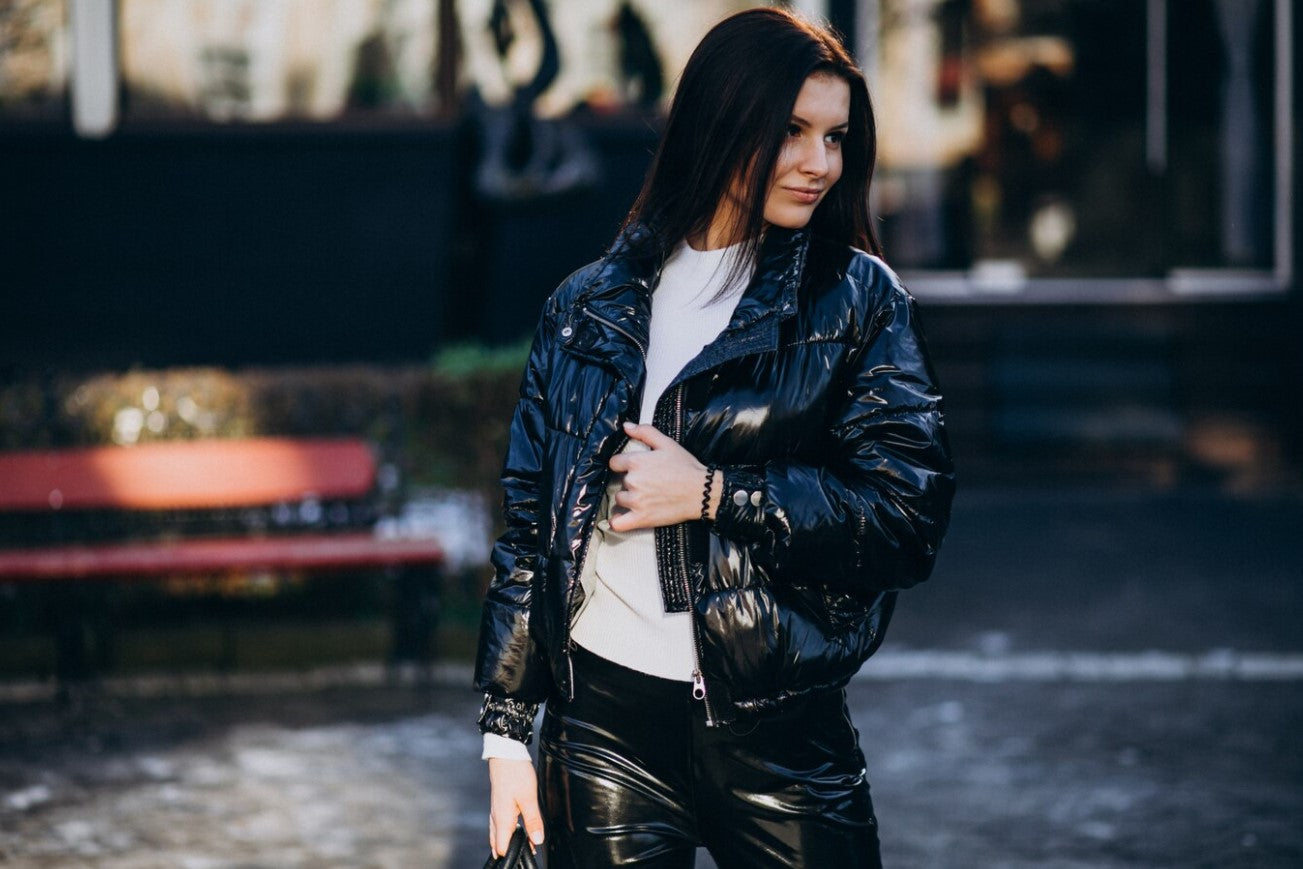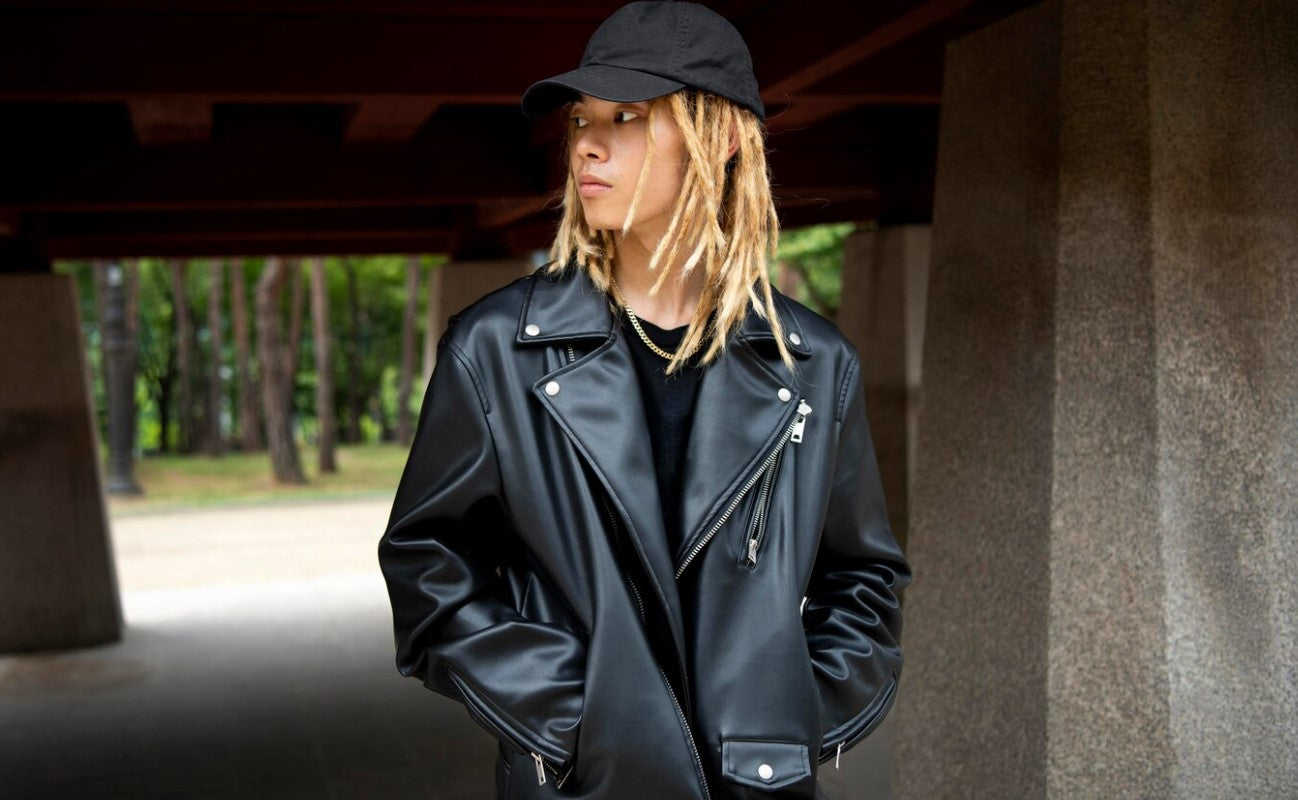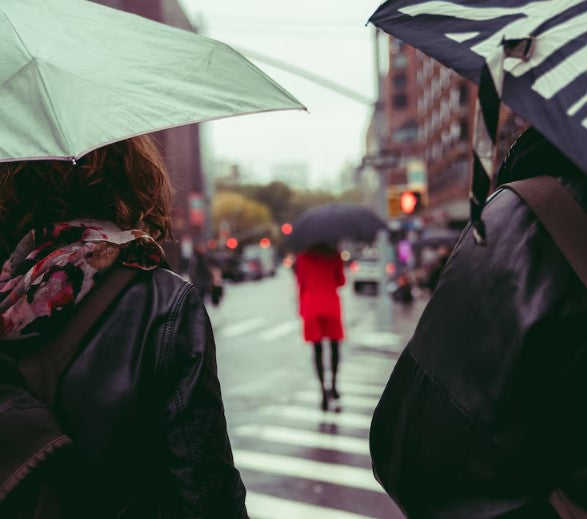
Can Leather Jackets Get Wet? Exploring the Truth Behind Leather and Moisture
Few wardrobe pieces carry the iconic status of a leather jacket. It's rugged, sleek, and undeniably cool. Whether you're a rebellious teenager channeling James Dean or a fashion-forward professional layering up for fall, leather jackets transcend seasons and trends. But one question continues to spark debate and concern among wearers, especially during unpredictable weather: Can leather jackets get wet?
Let’s unravel the mystery. Before this, explore best leather jackets in USA here.
The Nature of Leather: A Living Material
Leather is not just another synthetic fabric—it’s a natural, porous material made from animal hide. This organic origin means that leather, like skin, is breathable and absorbent. That also means it reacts to environmental changes like heat, cold, and yes, moisture.
Unlike waterproof fabrics like nylon or rubber, leather doesn’t naturally resist water. When exposed to moisture, a leather jacket absorbs it through the tiny pores in the hide. Depending on how much water the jacket is exposed to—and for how long—this can lead to minor darkening, stiffness, or even permanent damage.
But before you run for cover at the first drop of rain, here’s the good news: getting wet doesn’t automatically ruin your leather jacket. It’s all about how much water it gets, how often it happens, and how you handle it afterward.
So, Can Leather Jackets Get Wet?
Yes, they can—but with a few caveats.
Getting caught in a drizzle or a light mist isn’t the end of the world. In fact, many high-quality leather jackets can tolerate small amounts of water without significant damage. The trouble begins when leather is soaked or left damp for extended periods.
When water penetrates the leather’s surface and sits there, it can:
- Cause stiffness: Water displaces the natural oils in the leather, leaving it brittle once it dries.
- Lead to discoloration: Dark spots or uneven patches may form.
- Promote mildew or mold: Especially if the jacket is stored damp in a dark space.
- Distort the shape: Leather can warp or wrinkle if it dries unevenly.
So while a bit of moisture isn’t a disaster, prolonged exposure is a no-no for untreated leather.
The Water-Resistant Myth
Many people assume leather is waterproof because it feels thick and durable. This misconception can lead to poor care habits. The truth is, unless your leather jacket has been specifically treated or coated with a water-repelling solution, it is not waterproof or even reliably water-resistant.
However, advancements in leather treatments have led to a new generation of water-resistant leather jackets. These are chemically treated or infused with protective coatings that make the surface more resistant to moisture without ruining the softness or sheen of the material.
Look out for terms like:
- “Water-repellent leather”
- “Hydrophobic coating”
- “Wax-treated leather”
These jackets offer greater protection, but even they have limits. Over time, their coatings may wear off, making regular maintenance essential.
What to Do If Your Leather Jacket Gets Wet
Say you're caught in an unexpected downpour. What now? Here’s how you can rescue your wet leather jacket, step by step:
- Blot Instead of Rubbing: Use a soft, dry cloth or towel to gently blot the surface. Don’t rub, as that can push the moisture deeper into the leather.
- Let It Air-Dry Naturally: Either lay the jacket flat on a towel or hang it on a padded hanger in a well-ventilated space. Steer clear of direct sunlight or heat sources, as drying too quickly can cause the leather to become stiff or crack.
- Reshape It: While the jacket is still damp, gently reshape the sleeves, shoulders, and collar to maintain its original silhouette.
- Condition It: Once dry, apply a high-quality leather conditioner to restore lost oils and keep the leather supple. This step is crucial to prevent cracking and prolong the jacket's life.
Preventive Care: How to Protect Your Leather Jacket from Water Damage
The best strategy is to avoid the problem before it starts. Here’s how to make your leather jacket more weather-resilient:
- Apply a Leather Protector Spray: These sprays form a protective layer that helps repel moisture. Choose one that's breathable and specifically suited for your leather type.
- Store It Properly: Keep your jacket in a dry, cool environment. Opt for garment bags made of breathable fabric instead of plastic to avoid trapping moisture.
- Regular Conditioning: Leather conditioners nourish the hide and maintain its flexibility, making it more resistant to external stressors, including water.
- Know Your Leather: Full-grain leather behaves differently than suede or nubuck. Suede, for example, is far more sensitive to moisture and stains. Tailor your care methods accordingly.
Leather vs. Rain: A Love-Hate Relationship
There’s something undeniably cinematic about walking in the rain with a leather jacket on—think moody noir films or motorcycle rides through a storm. But in real life, that rainstorm can leave your prized garment warped and weathered.
Some fashion lovers embrace the aged look of weathered leather. After all, patinas—the changes in texture and color over time—give the jacket character. But if you're someone who values a pristine finish, you’ll want to treat water as the enemy.
The Bottom Line
Can leather jackets get wet? Technically, yes. Should they get wet? Ideally not.
But a little rain doesn’t have to mean ruin. Understanding the nature of leather, how to respond to moisture, and how to prevent damage can go a long way in keeping your jacket in top form for years.
In the end, your leather jacket is more than just a piece of clothing. It’s a story—a second skin. Whether it bears a few rain marks or shines like new, what matters is how you care for it. Like anything of value, it thrives with a little attention, respect, and, when needed, rescue.
So next time the sky turns gray, don’t panic. Just remember: leather may not love the rain, but with the right care, it can survive the storm.



Leave a comment
This site is protected by hCaptcha and the hCaptcha Privacy Policy and Terms of Service apply.